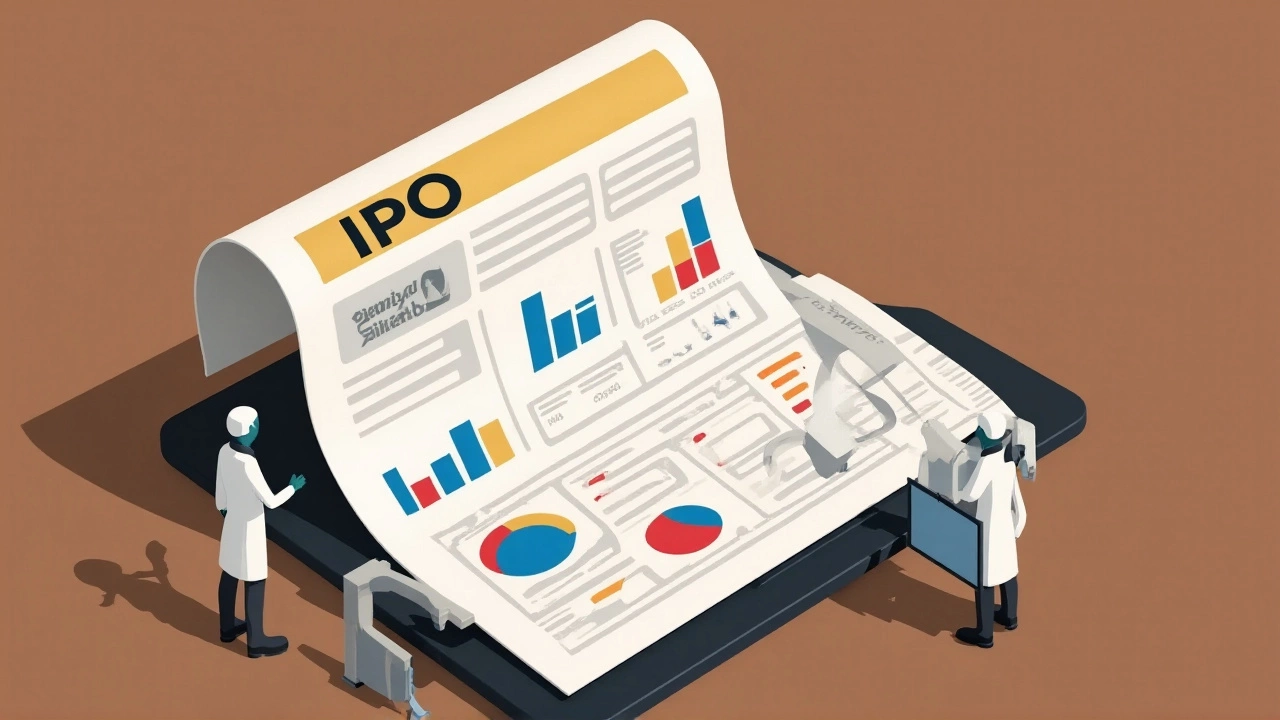Business & Economy: What’s Happening Right Now?
Welcome to the Business & Economy hub of Entrance Exam Insider. Here we bring you straight‑to‑the‑point updates that matter to anyone who follows the market, from students planning a career in finance to everyday shoppers tracking prices.
Car Prices Take a Dive After GST 2.0
The newest GST Council meeting on September 3, 2025, sparked a wave of price reductions across the auto sector. Mahindra, Tata, Hyundai, and Toyota are all cutting tags, with savings ranging from ₹1.55 lakh to a whopping ₹3.49 lakh. That’s real money back in the pocket of anyone looking to buy a new car.
Why the sudden slash? GST 2.0 slashed the tax rate on several vehicle categories, and manufacturers said they’re passing the full benefit to buyers. The cuts are already live at dealerships, so if you’re hunting for a deal, now’s the time to visit the showroom.
What These Cuts Mean for the Economy
Lower car prices can boost demand, which in turn helps auto factories keep their lines humming. More sales mean higher production, more jobs, and a healthier contribution to GDP. Plus, a cheaper ride can free up cash for other purchases—think home appliances or even a short vacation.
On the flip side, some analysts warn that rapid price drops could squeeze profit margins for smaller dealers. If margins shrink, they might cut back on staff or promotional offers, which could offset some of the consumer‑friendly effects. Keep an eye on how the market balances these forces over the next few months.
Beyond the auto world, GST 2.0 changes ripple through many sectors. Lower taxes on goods and services mean businesses can price more competitively, and consumers enjoy lower bills on everything from electronics to groceries.
For students aiming for a career in economics or finance, watching these tax adjustments is a great way to understand how policy directly shapes market behavior. It’s a real‑world example of theory meeting practice.
In short, the car price cuts are a clear sign that tax policy can move markets fast. Whether you’re a buyer, a dealer, or a future economist, the takeaway is simple: stay tuned to policy updates, because they often translate into immediate price changes.
That’s the quick snapshot for today’s Business & Economy corner. Keep checking back for more updates, especially if you’re preparing for entrance exams that test current affairs and economic concepts. Happy reading!
Mahindra XEV 9S: India’s First 7-Seater Electric SUV Launches at ₹19.95 Lakh
Mahindra launched India’s first 7-seater electric SUV, the XEV 9S, in New Delhi on November 27, 2025, starting at ₹19.95 lakh. With up to 679 km range, a 7-second 0-100 km/h sprint, and a lifetime battery warranty, it’s set to redefine family EVs.
OpenAI Acquires Jony Ive’s io for $6.5 Billion, Plans Screenless AI Devices
OpenAI's $6.5B acquisition of Jony Ive's io Products marks a bold push into AI hardware, with screenless devices set to launch in late 2026, challenging Apple's dominance and redefining human-AI interaction.
Elon Musk becomes first person ever to reach $500 billion net worth
Elon Musk became the first person in history to reach a $500 billion net worth on October 2, 2025, fueled by Tesla, SpaceX, and xAI. His wealth, tied to stock valuations, is $150 billion ahead of the world's second-richest person, Larry Ellison.
Silver hits record Rs 1,70,415 on MCX as festive demand and global tensions spark rally
Silver hit a record Rs 1,70,415/kg on MCX in October 2025 amid festive demand and industrial buying, but corrected sharply due to a stronger dollar and trade progress. Experts say this rally reflects structural shifts, not just speculation.
TruAlt Bioenergy & Jinkushal IPOs: Premiums, GMP Gaps and Market Mood
TruAlt Bioenergy and Jinkushal debuted on Oct 3, 2025, with contrasting premiums and missed grey‑market expectations, highlighting a cautious IPO market.
iPhone 17 Pro price spikes $100 as US-China trade war bites
Apple's new iPhone 17 lineup hits shelves with the Pro model now costing $1,100 – a $100 jump blamed on looming US tariffs. President Trump’s push to shift production to the U.S. adds pressure, while Apple promises massive domestic investment. New hardware upgrades sit alongside slowing sales and AI delays, forcing Apple to weigh higher prices, trimmed lines, or tighter margins.
Car prices slashed after GST 2.0: Mahindra, Tata, Hyundai, Toyota cut tags by up to Rs 3.49 lakh
After the 56th GST Council meeting on September 3, 2025, carmakers cut prices across popular models. Mahindra announced reductions up to Rs 1.56 lakh, Tata up to Rs 1.55 lakh, Hyundai up to Rs 2.4 lakh, and Toyota up to Rs 3.49 lakh. The cuts follow GST 2.0 rationalisation and are live at dealerships. Automakers say the full benefit is being passed on to buyers.






